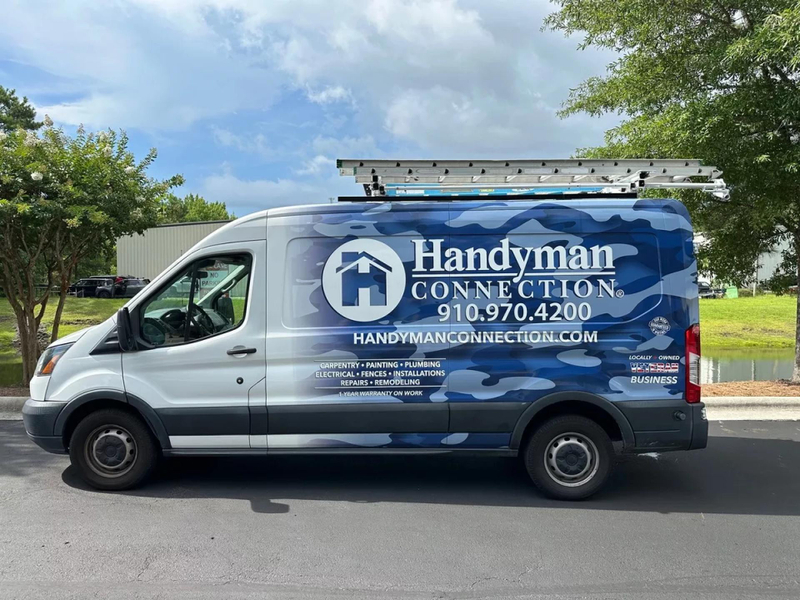In today’s business world, sustainability is more than just a buzzword—it’s a responsibility. Consumers are increasingly conscious of the environmental impact of the products they buy and the companies they support. This shift has inspired businesses to rethink their operations, from supply chains to advertising strategies. One marketing method that’s gaining traction in the eco-conscious movement is commercial fleet wrapping.
Fleet wraps not only transform company vehicles into powerful mobile billboards but also provide a greener alternative to traditional advertising. Let’s explore why fleet wraps are an eco-friendly marketing solution and how they can help businesses make a lasting impression without leaving a heavy carbon footprint.
1. Reducing Reliance on Energy-Heavy Advertising
Billboards, digital displays, and neon signage consume large amounts of energy during production and operation. In contrast, fleet wraps require no electricity once installed. A single wrapped vehicle can generate thousands of impressions per day just by being on the road, turning every mile into exposure without draining power grids.
This makes fleet wraps an excellent choice for businesses aiming to cut down on energy-intensive advertising while maintaining wide visibility.
2. Maximizing Longevity and Reducing Waste
Fleet wraps are designed to last several years—typically 5 to 7 years with proper care. This long lifespan reduces the need for frequent reprinting or replacement, which in turn minimizes waste. Compared to temporary banners or posters that often end up in landfills after a short campaign, wraps offer a far more sustainable advertising medium.
Modern vinyl materials used in fleet graphics are also recyclable, and many wrap companies now use eco-friendly inks that reduce chemical waste. By extending the life cycle of marketing materials, fleet wraps align with the principles of a circular economy.
3. Mobile Advertising with Lower Environmental Impact
Fleet wraps promote your business while your vehicles carry out their regular routes—whether delivering products, servicing clients, or simply commuting. Unlike traditional ads that require new structures or printing large amounts of paper, wraps utilize existing company assets: vehicles.
This dual-purpose function—branding while transporting—means businesses reduce the need for separate advertising channels, saving both resources and costs. Simply put, you’re marketing on the move without additional environmental burden.
4. Supporting Eco-Friendly Branding
Today’s consumers favor brands that embrace sustainability. According to surveys, more than 70% of buyers prefer to engage with companies that demonstrate environmental responsibility. Displaying your brand on a fleet of wrapped vehicles subtly communicates that your business values efficiency and forward-thinking strategies.
For companies offering green products or services, this synergy is especially powerful. A clean, professionally wrapped fleet visually reinforces your eco-conscious identity every time your vehicles are on the road.
5. Reducing Print Advertising Waste
Traditional print advertising—magazines, flyers, posters—often has a short lifespan and contributes to paper waste. Fleet wraps replace the need for constant reprints. Instead of distributing thousands of flyers that may end up discarded, your wrapped vehicles consistently broadcast your message in a reusable, durable format.
This not only saves resources but also reduces the environmental footprint associated with paper production, ink usage, and transportation of printed materials.
6. Cost-Effective and Sustainable ROI
Sustainable practices aren’t just about the environment—they’re about smart resource management. Fleet wraps offer one of the best returns on investment in the marketing world. For a one-time installation cost, businesses get years of brand exposure at a fraction of the cost of billboards or TV ads.
When combined with the eco-friendly advantages—less waste, reduced reliance on energy-heavy media, and recyclable materials—fleet wraps become an advertising tool that’s both financially and environmentally sustainable.
7. Innovations in Green Materials
The signage industry continues to evolve with greener solutions. Many wrap manufacturers now offer PVC-free films, water-based inks, and recyclable laminates. These innovations ensure businesses can advertise boldly while reducing their environmental impact.
Choosing eco-friendly wrap materials also sends a strong message to customers: your company doesn’t just talk about sustainability—it invests in it.
Final Thoughts
Sustainability and marketing no longer need to be at odds. Fleet wraps offer businesses an eco-friendly way to increase visibility, connect with audiences, and align with modern consumer values. By reducing waste, saving energy, and maximizing vehicle utility, fleet wraps embody the future of responsible advertising.
For companies looking to balance profitability with environmental responsibility, wrapping commercial fleets is more than a branding decision—it’s a step toward a greener tomorrow.


